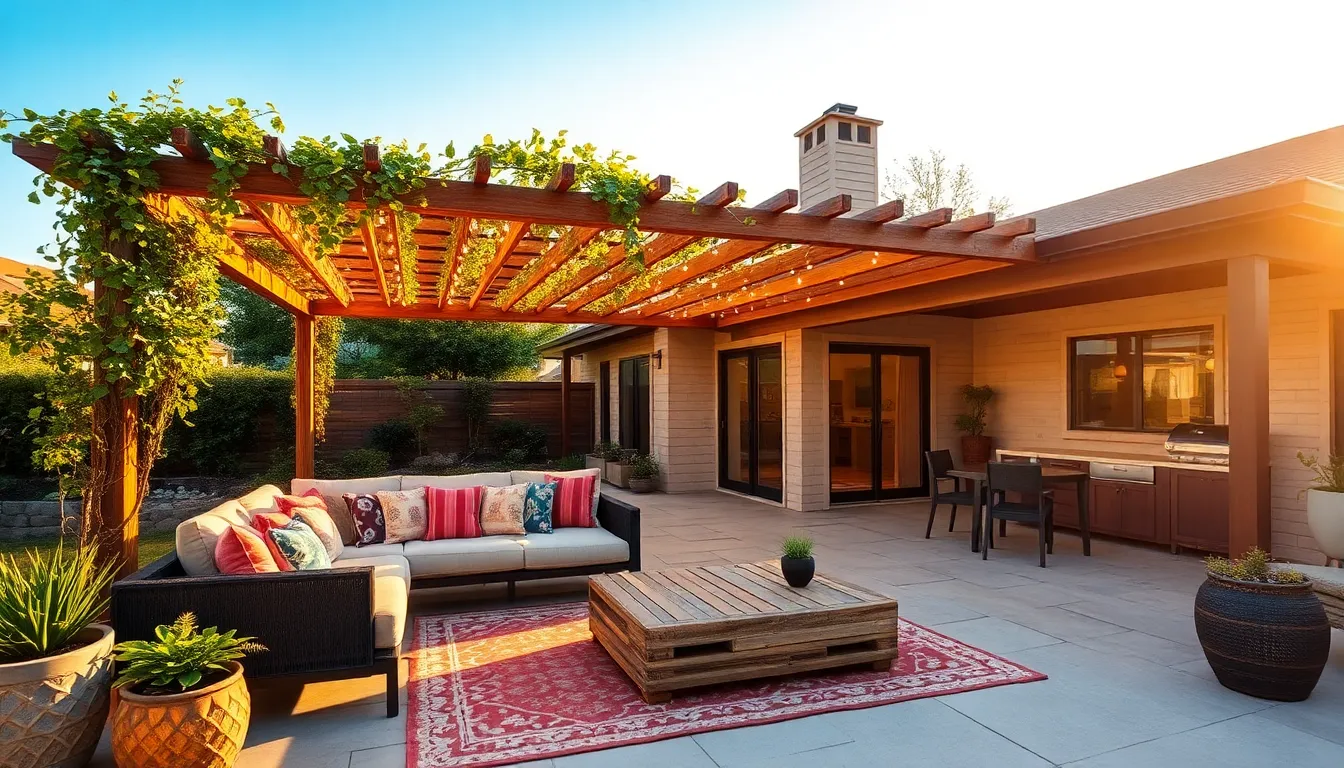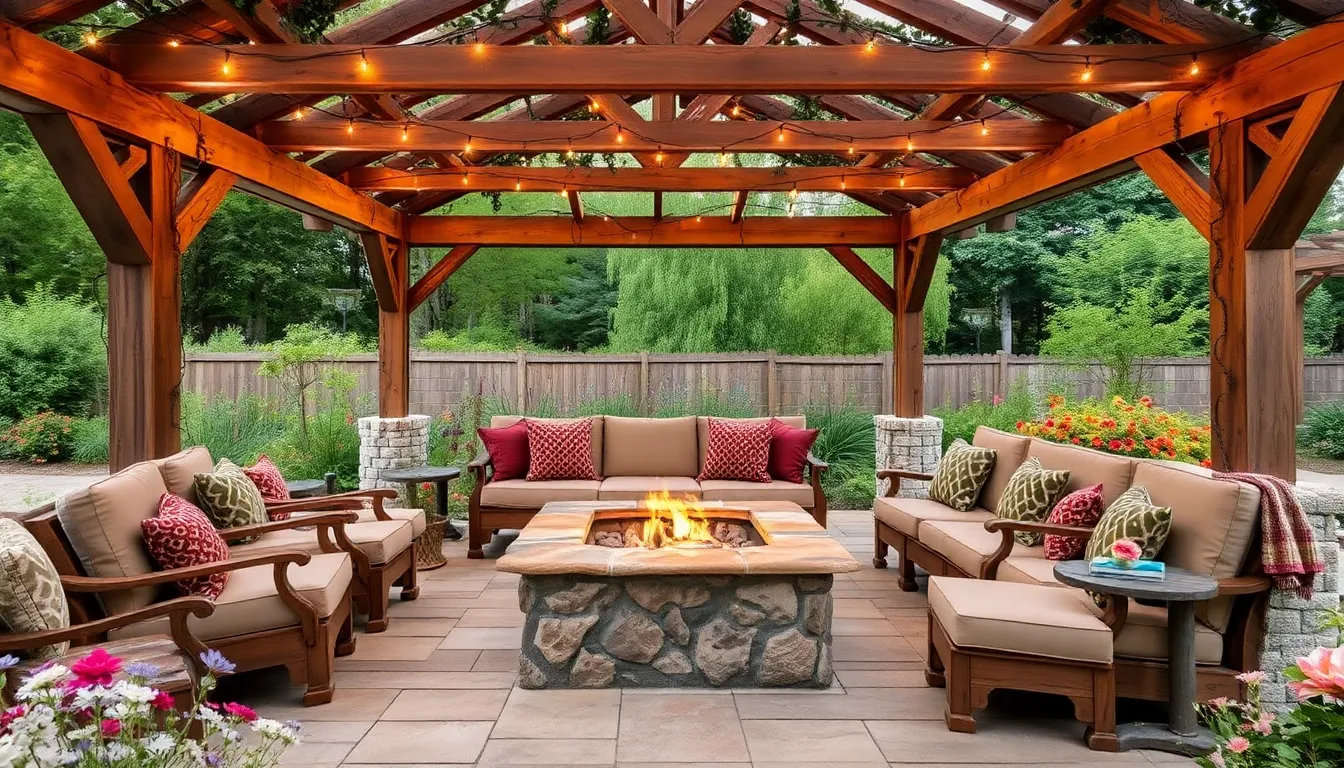Transforming your backyard into a serene retreat often begins with the perfect covered patio, a cornerstone of outdoor living that promises both comfort and style. Whether you’re new to home improvement or a seasoned renovator, building a covered patio offers an exciting opportunity to extend your living space while enhancing your home’s functionality and aesthetic appeal. This journey is more than just construction; it’s about creating a space where memories are made and daily life is elevated.
In this article, we’ll guide you through the essential considerations that will shape your patio project, from selecting materials and understanding local building codes to maximizing your space’s potential with design tips tailored to your lifestyle. By the end, you’ll feel confident and inspired, ready to embark on your patio-building adventure equipped with knowledge and enthusiasm. Let’s turn that vision of outdoor bliss into a reality that reflects your unique style and needs.
Assessing Your Patio’s Location
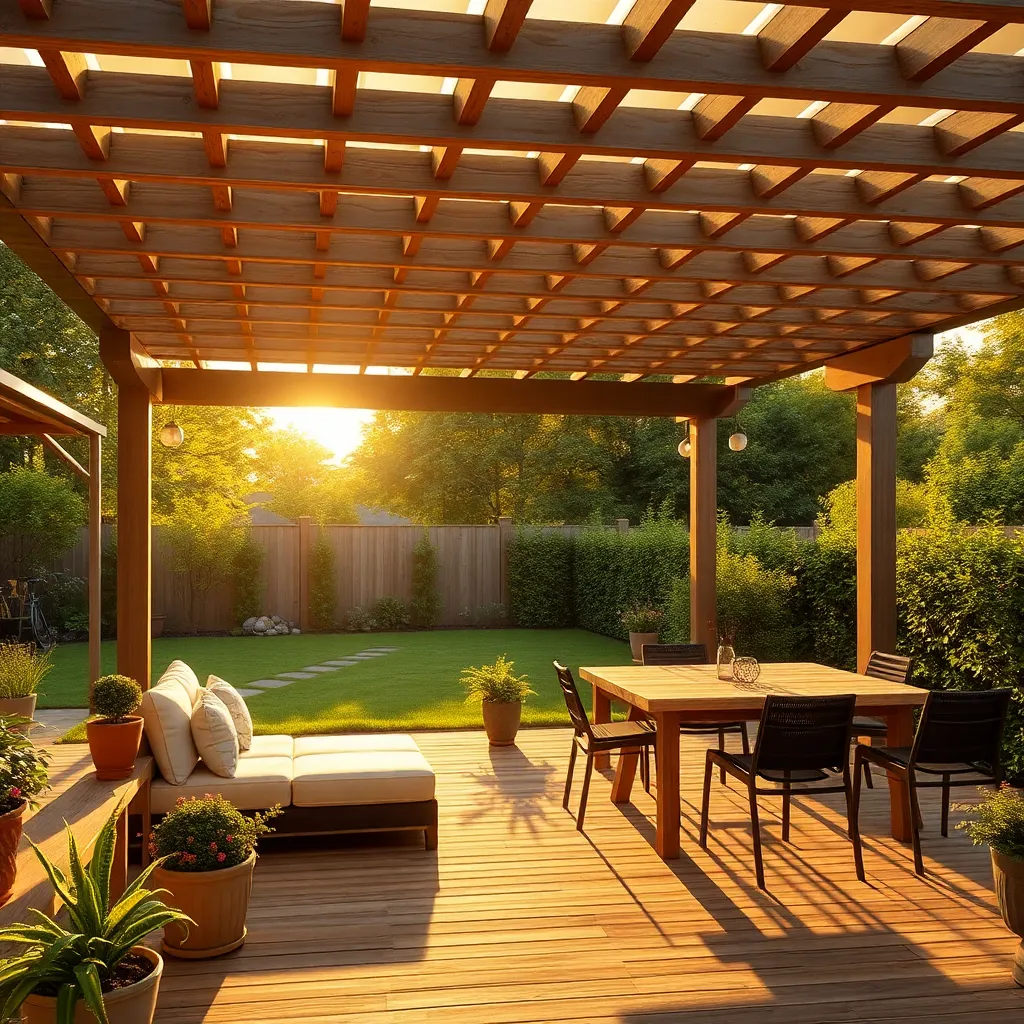
Begin by evaluating the amount of sunlight your patio receives throughout the day. This will help you decide on materials that can withstand the exposure. For example, if your patio is sun-drenched, consider using UV-resistant materials like treated wood or polycarbonate roofing, which will not only provide shade but also reduce potential damage over time. Additionally, think about incorporating retractable or adjustable features, such as pergola-style slats, to give you flexibility in managing light and shade.
Next, consider the wind and weather patterns in your area, as they can significantly impact the durability and comfort of your patio. If your patio is in a wind-prone spot, opt for heavier materials like steel or reinforced aluminum for the structure to ensure stability. For those in wetter climates, ensure your design includes proper water drainage and consider using weather-resistant finishes to prevent corrosion and moisture damage. Advanced builders might explore integrating rain chains or gutters to effectively manage runoff, keeping your patio usable year-round.
Choosing the Right Patio Design

When choosing the right patio design, start by considering the primary function of your space—will it be for entertaining, relaxation, or dining? Opt for durable materials like stone, concrete, or weather-treated wood, which can withstand various climates and require minimal maintenance. Selecting the right dimensions is crucial; for example, a dining area should be at least 12×12 feet to comfortably accommodate a table and chairs.
Incorporating design elements such as integrated lighting and built-in seating can enhance usability. Advanced builders might consider adding elements like retractable awnings or sliding glass walls for versatility in shelter from the elements. For those looking to add a touch of elegance, consider using stamped concrete or decorative pavers for a customized look. Keep your design cohesive with your home’s architecture to ensure a seamless outdoor extension that feels both practical and inviting.
Understanding Local Building Codes
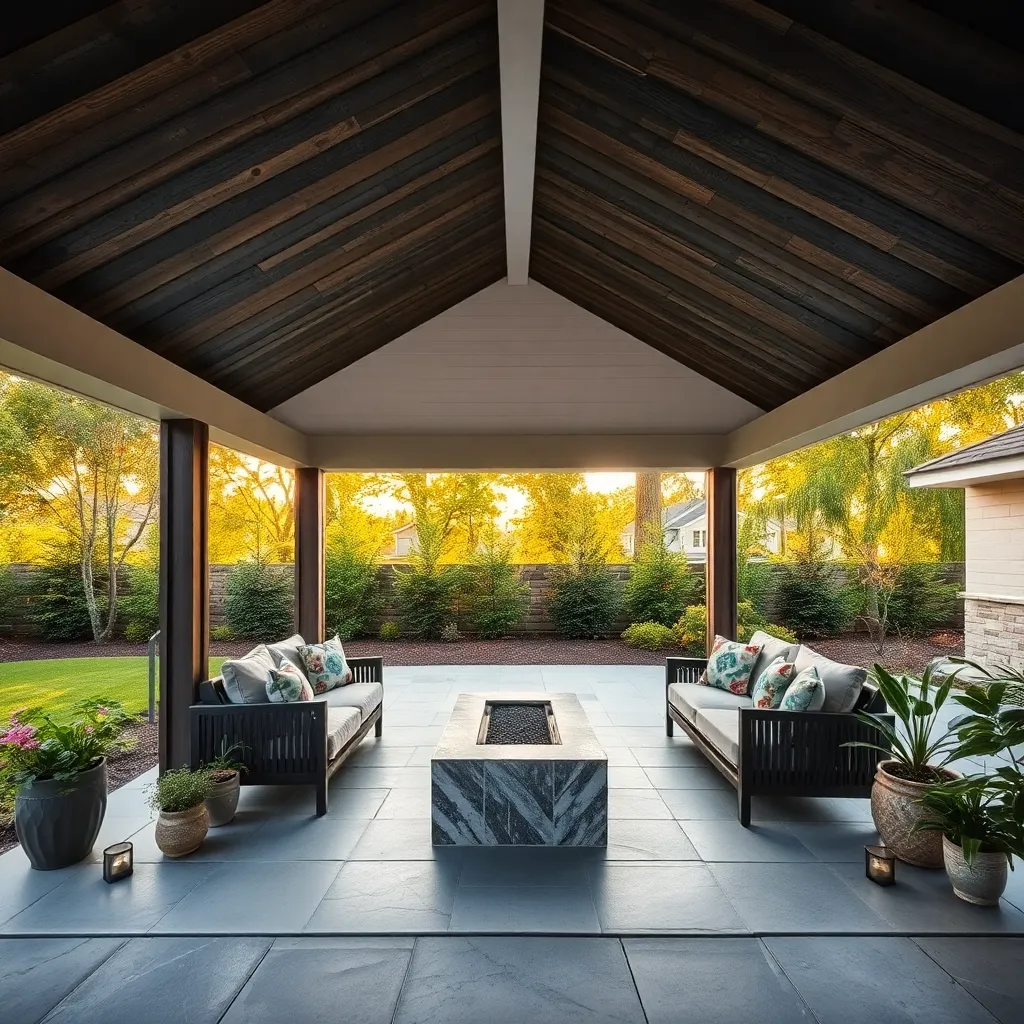
Before you start building a covered patio, it’s crucial to understand your local building codes. These regulations can dictate various aspects of your design, such as the required distance from property lines, acceptable materials, and even the maximum height of your structure. To ensure compliance, visit your local building department or their website to access the latest codes. This step will not only help you avoid costly fines but also ensure that your project enhances your home’s value responsibly.
Moreover, consider the potential need for a building permit, which is often mandatory for larger structures. Acquiring a permit involves submitting detailed plans that include dimensions, materials, and construction methods. Use high-quality materials, such as pressure-treated wood for structural elements and durable roofing like polycarbonate or metal, which can withstand local weather conditions. For experienced builders, exploring advanced options like incorporating sustainable materials can add long-term value and appeal to your project. By aligning your plans with local regulations, you can confidently move forward with creating a beautiful and functional outdoor space.
Budgeting for Construction Costs
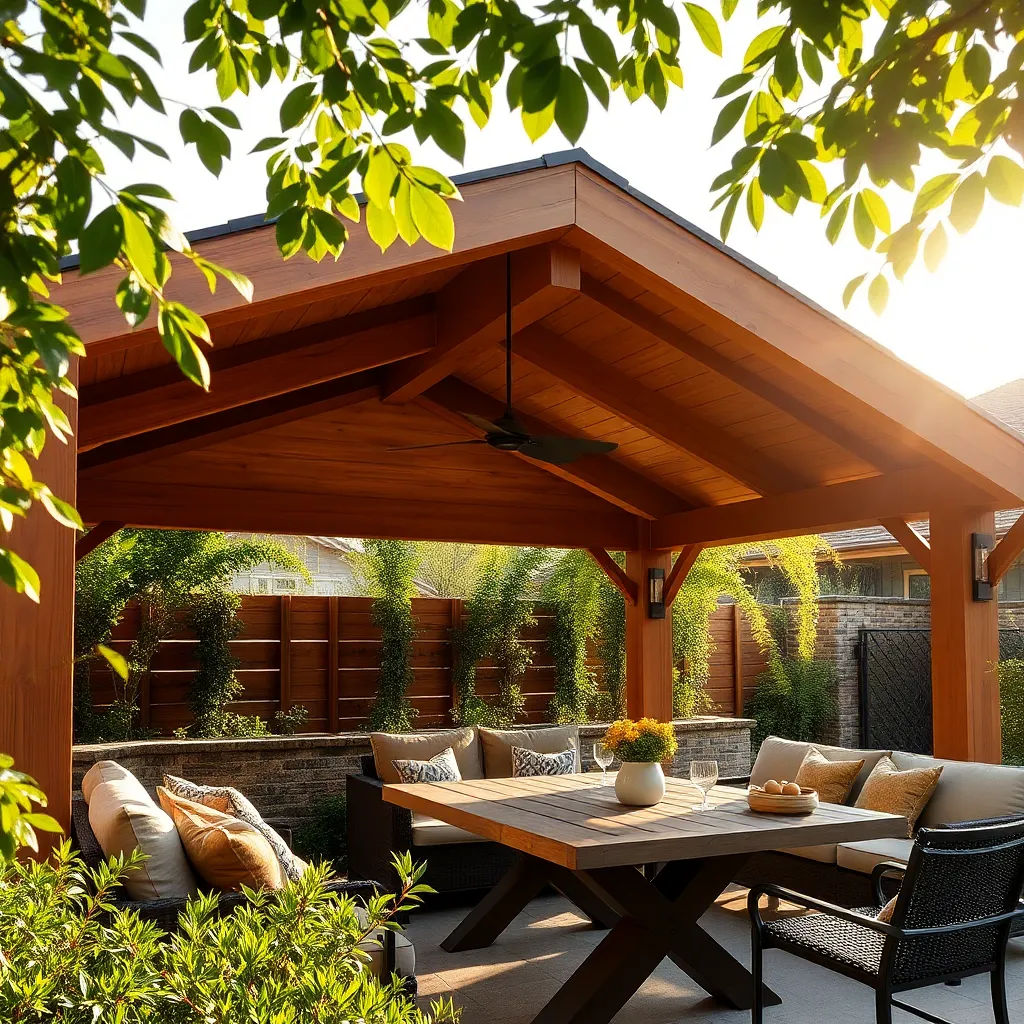
When budgeting for construction costs of a covered patio, start by determining the scope and size of your project. A smaller patio with a simple design can significantly reduce expenses, while larger, more intricate designs will naturally cost more. Consider opting for cost-effective materials such as pressure-treated wood or concrete, which offer durability and a classic look without breaking the bank. If your climate allows, explore using recycled or reclaimed materials to add unique character while keeping costs low.
For those looking to incorporate advanced design elements, strategically invest in features like integrated lighting or built-in seating. These enhancements can elevate your patio’s functionality and ambiance. To balance your budget, prioritize elements that will deliver the most value and consider phasing in more luxurious options, like a pergola or outdoor kitchen, over time. Enlist the help of a professional to provide a detailed cost breakdown, as this can help avoid unexpected expenses and ensure the project stays within your financial plan.
Selecting Durable Construction Materials
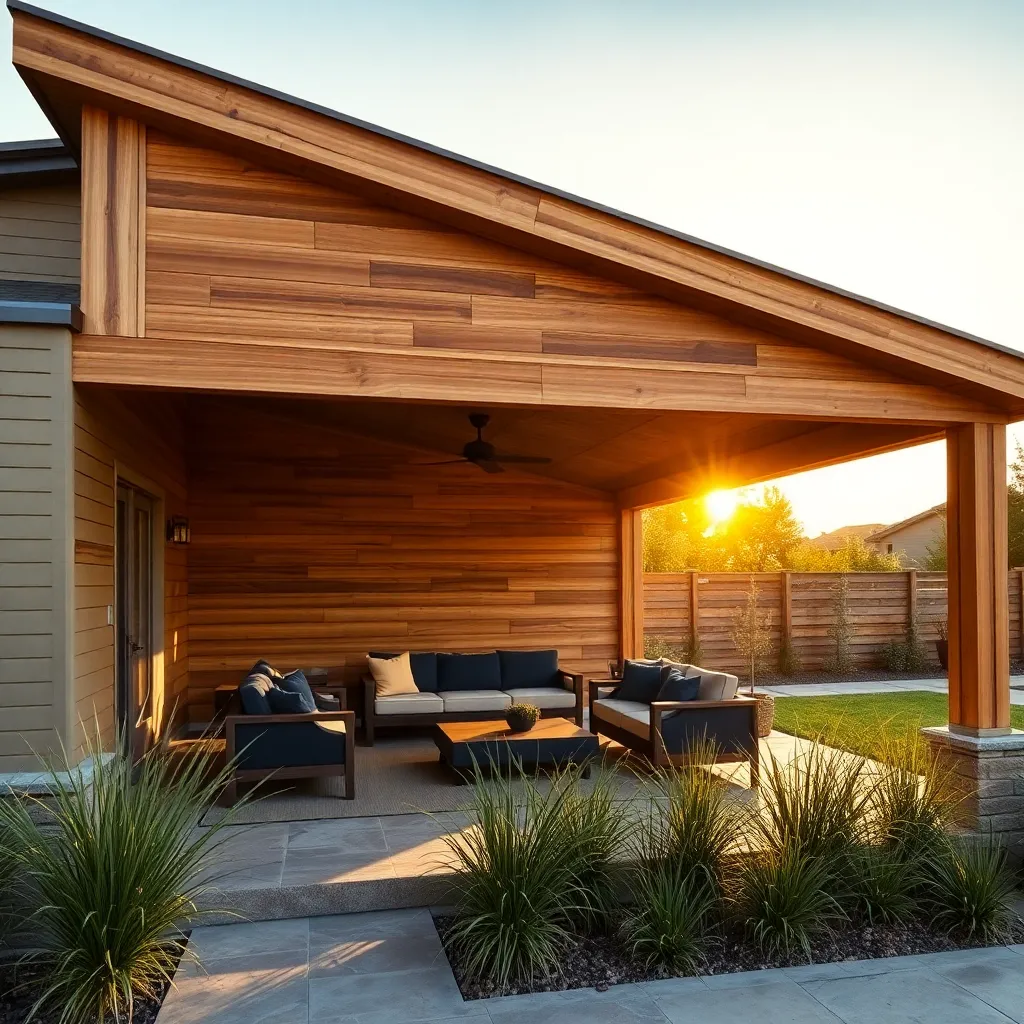
When selecting materials for a covered patio, prioritize durability to ensure longevity and low maintenance. Opt for materials like pressure-treated wood, which resists decay and insect damage, or aluminum, known for its rust resistance and lightweight nature. For a more modern look, consider composite decking, which combines wood fibers and plastic for a weather-resistant surface. Each material offers specific benefits, so evaluate your local climate and personal style to make the best choice.
For those looking to add a touch of elegance, incorporating natural stone such as slate or granite can provide a timeless and sturdy flooring option. Ensure your design includes proper drainage to prevent water accumulation, which can damage even the most durable materials. Additionally, consider using galvanized steel connectors for structural elements to enhance stability and prevent rust over time. These advanced tips will not only improve durability but also enhance the aesthetic value of your outdoor space.
Conclusion: Creating Beautiful Outdoor Spaces
In embarking on the journey to build a covered patio, we’ve explored five essential relationship concepts: effective communication with your partner to align on design choices, budgeting collaboratively to prevent financial strain, balancing personal space with shared enjoyment, engaging in joint decision-making to strengthen your bond, and managing conflict constructively should differences arise. These insights not only enhance your patio project but also enrich your relationship, fostering a harmonious partnership.
As a practical next step, sit down with your partner and sketch out a shared vision for your patio, discussing each person’s must-haves and compromises, ensuring both voices are heard. This activity nurtures collaboration and sets the stage for a successful project.
Remember to bookmark this article for a handy reference as you navigate this exciting venture. By saving this guide, you’ll have a trusted resource to revisit, ensuring smooth collaboration and lasting relationship growth.
Looking forward, embracing these principles will serve as a solid foundation for both your patio and your relationship. With each project you undertake together, you’ll find yourselves more aligned, resilient, and connected. Here’s to building not just a patio, but a thriving partnership.



